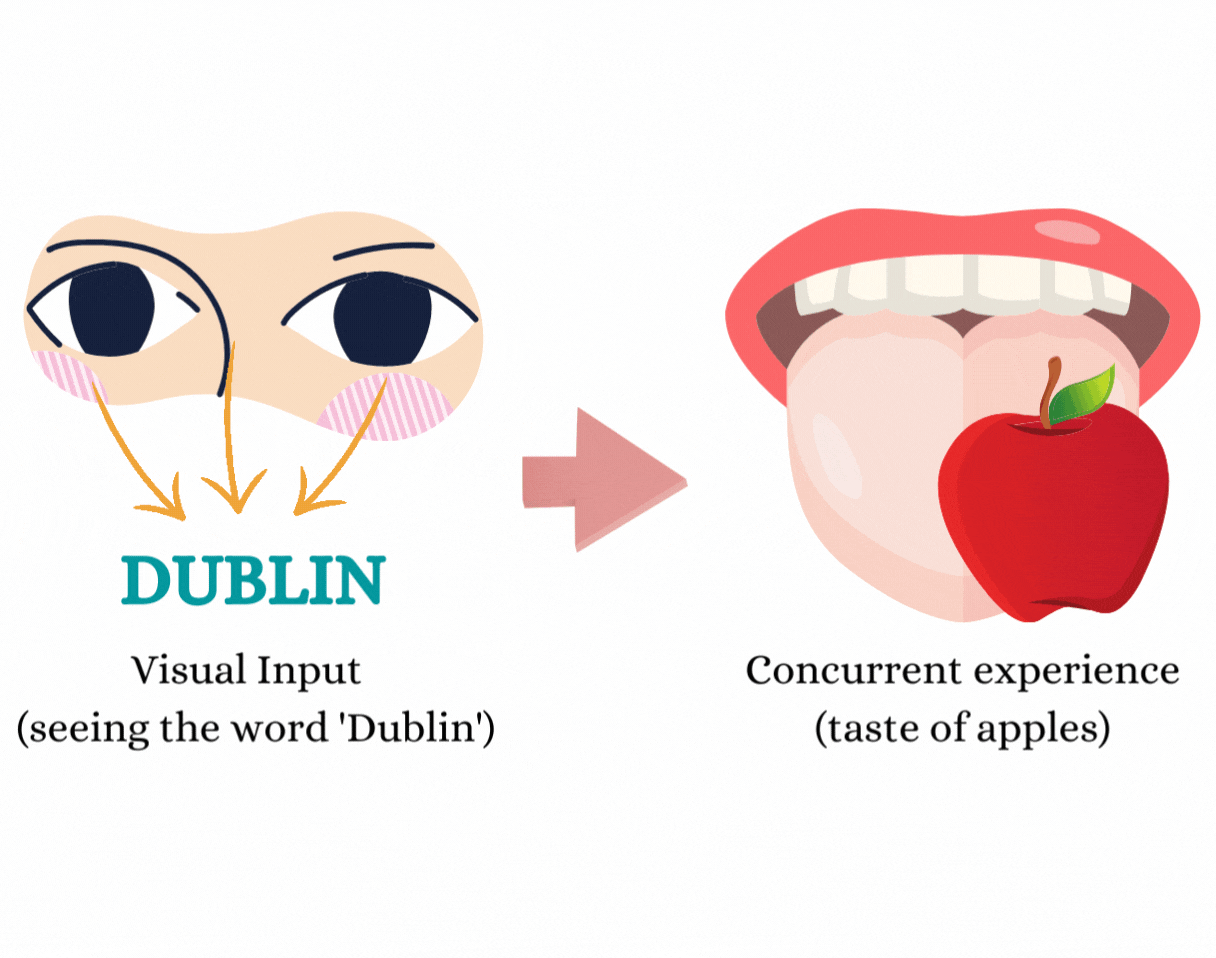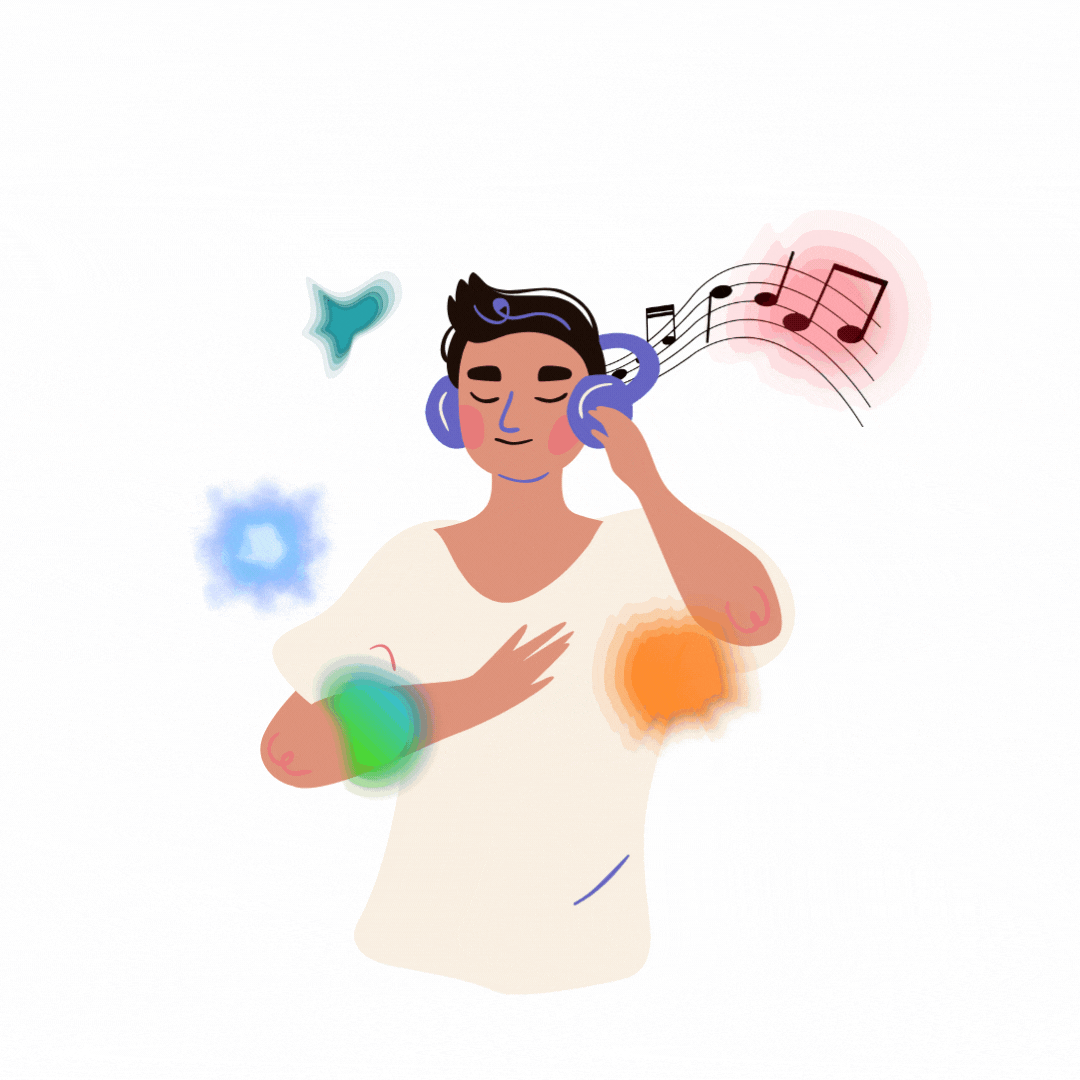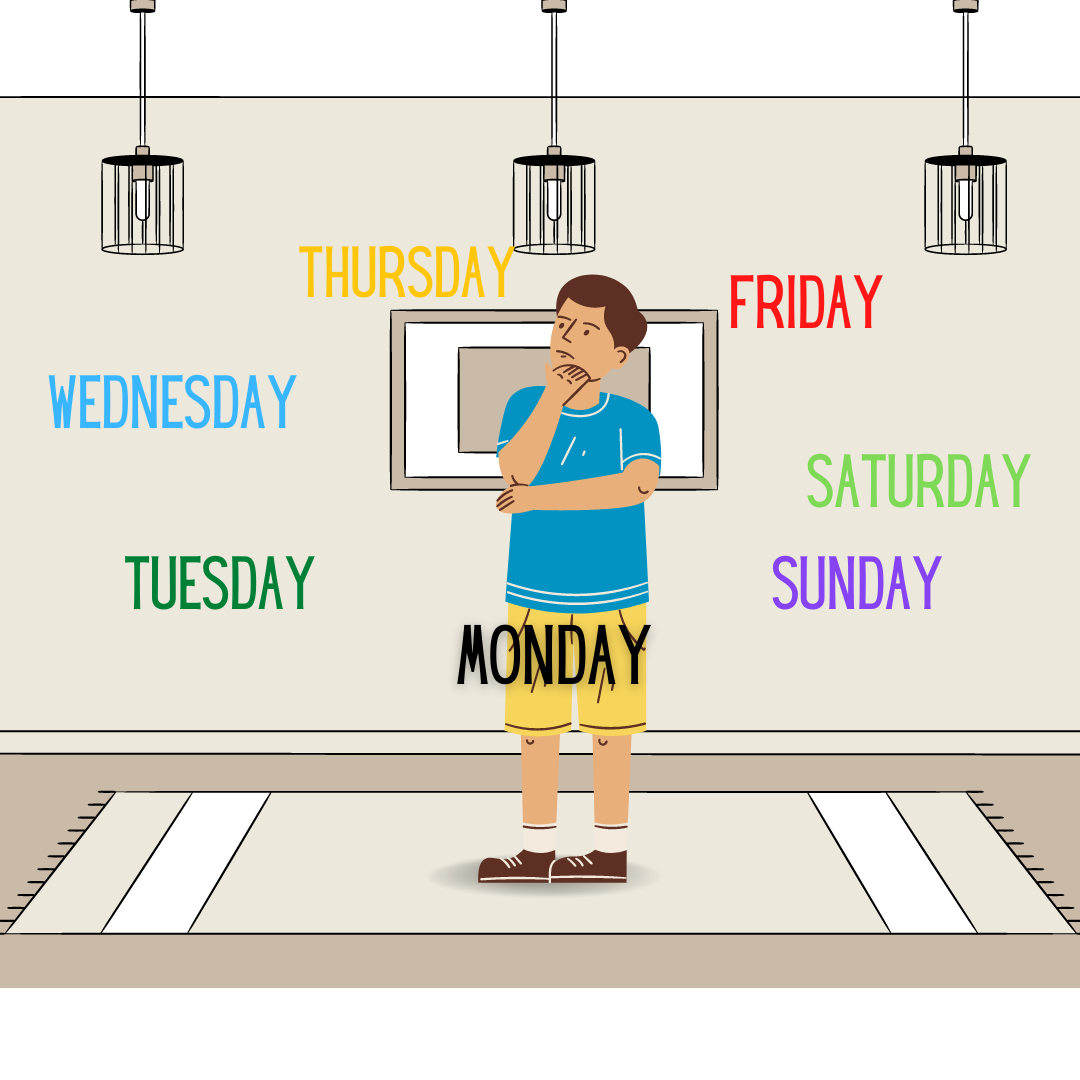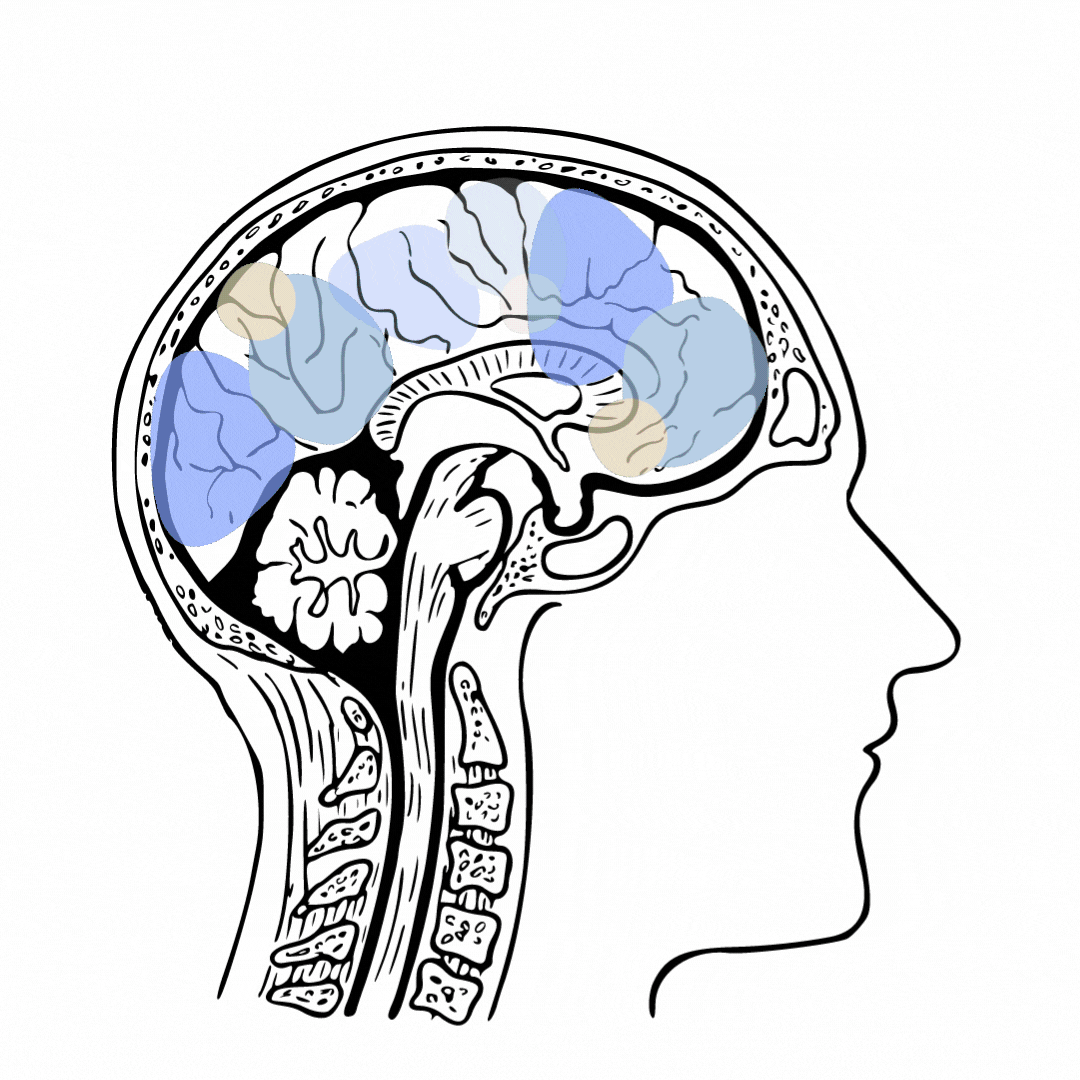History of Synaesthesia
Learn all about the condition and discover major milestones of its fascinating history
Use your mouse to scroll or use to reveal each section
What is Synaesthesia?

Synaesthesia is...
INVOLUNTARY
ADDITIVE
IDIOSYNCRATIC
CONSISTENT
Hover/touch to learn more.
What causes Synaesthesia?
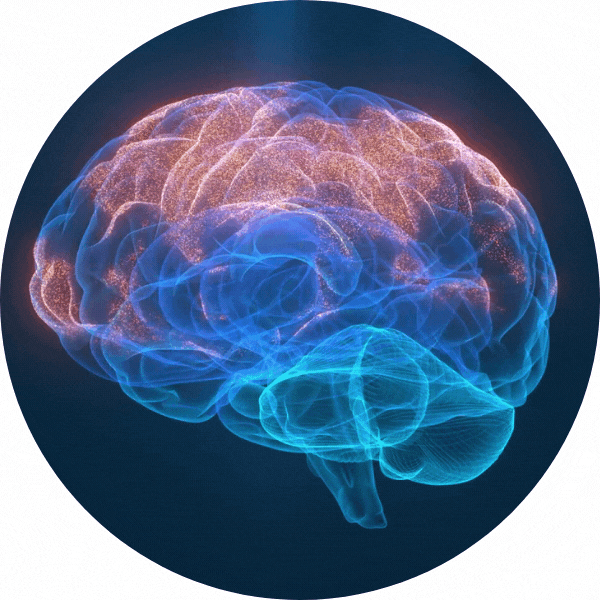
Synaesthetes have atypical patterns of connectivity in the brain. This can cause the parts of the brain responsible for the senses to "hyper-activate" when they receive particular sensory input.
There are certain gene variants responsible for causing Synaesthesia. Therefore, Synaesthesia often runs in families with these genetic differences.
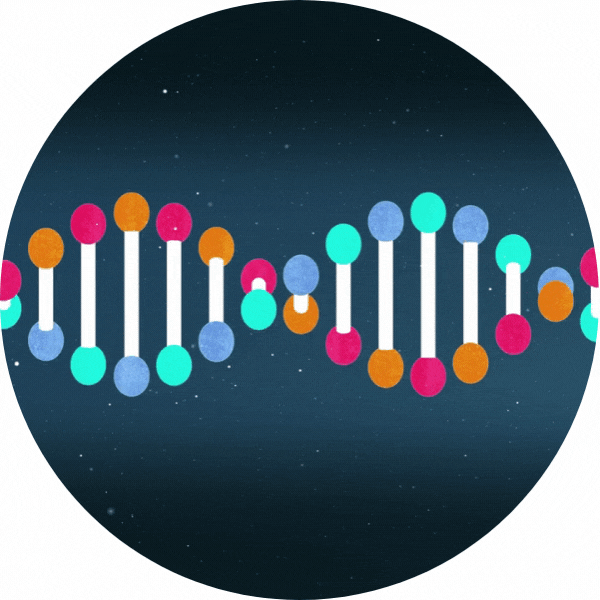
A BRIEF HISTORY OF SYNAESTHESIA
1812
The first known documented case of Synaesthesia appears in a doctural thesis by Georg Tobias Ludwich Sachs who had multiple types of Synaesthesia. Hover over (or touch) the following image to reveal how he perceived letters and numbers:
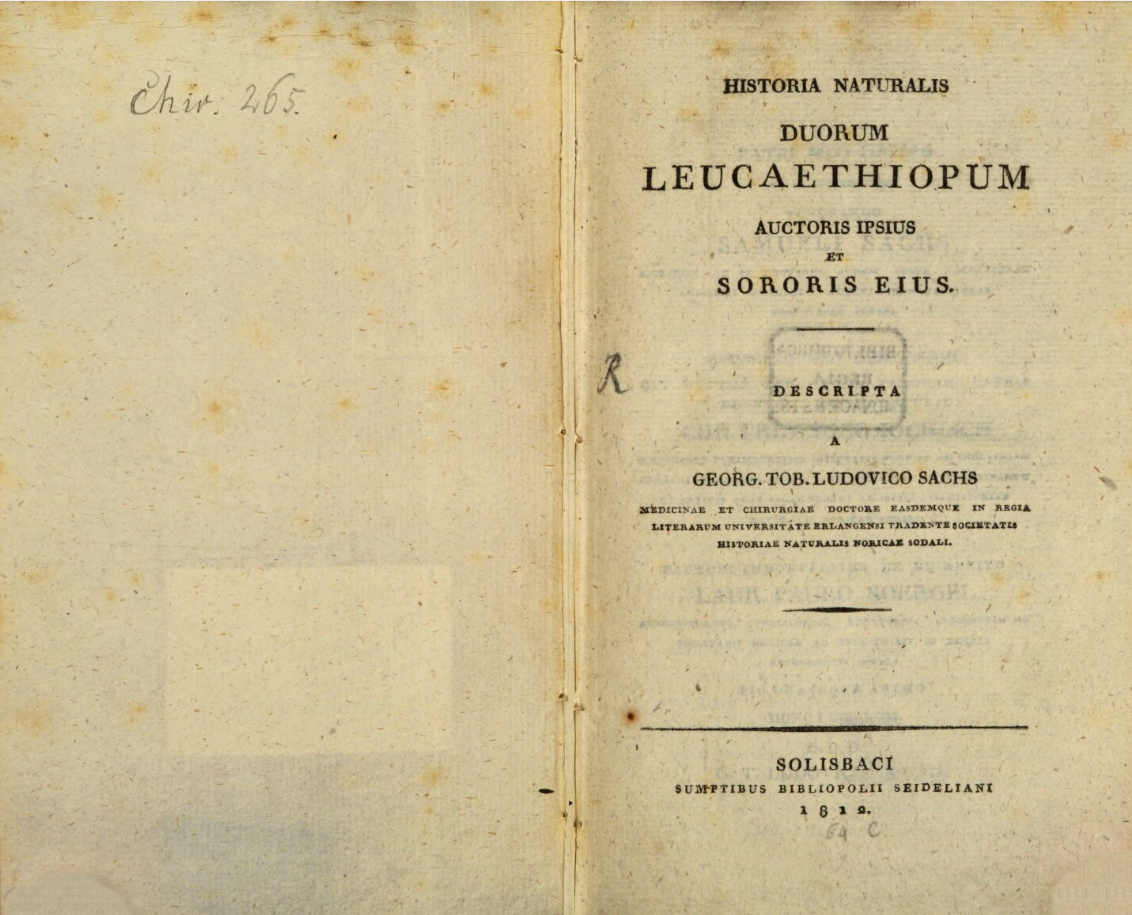
Sachs also had colours for numbers:

Sachs also had colours for numbers:
→
0
"Pale Yellow"
1
"Definitely white"
2
"No distinct colour"
3
"Ash-grey"
4
"Vermilion"
5
"Yellow"
6
"Indigo"
7
"Bluish Grey"
8
"Brown"
9
"Dark Green"
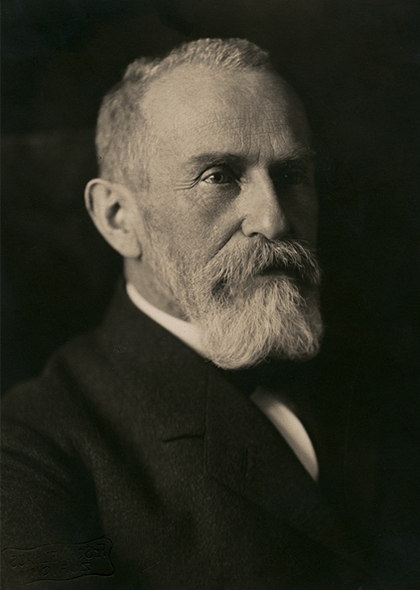
1881
"Secondary Sensations"
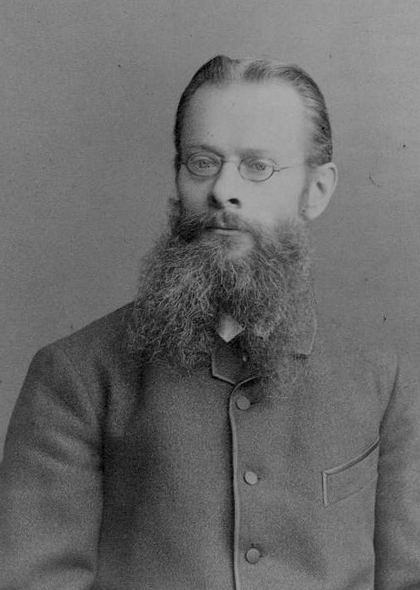
1881
"Secondary Sensations"


Bleuler and Lehmann discovered 6 types of Synaesthesia:
1882 → 1892
The term "colour hearing" began circulating around the world to denote all forms of the phenomenon.
1892
Synesthesia
Frenchman Jules Antoine Millet is the first to use the term "synesthesia" for all kinds of combined senses and soon it was accepted as the official name for the condition.
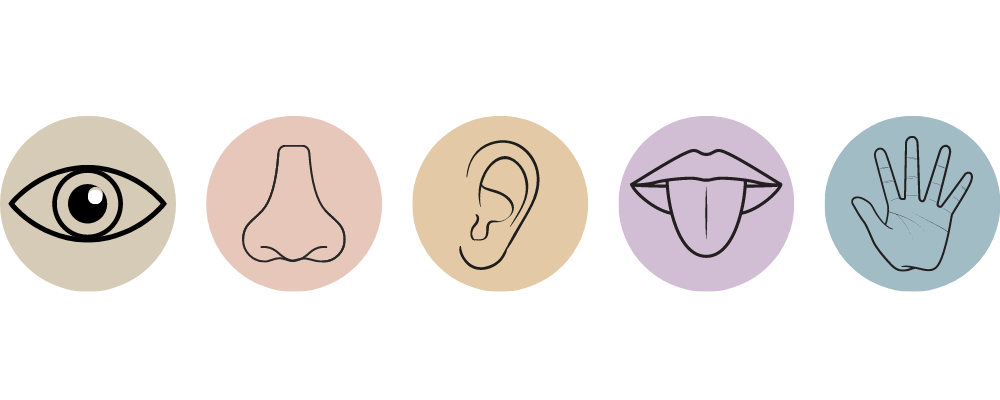
This ended the notion that all unusual sensory perceptions involved colour-only experiences.
1892 → Present
It is not until the late 1990s that scientists begin uncovering the neural and genetic origins of Synaesthesia. Research continues to this day to discover even more about this fascinating condition.


